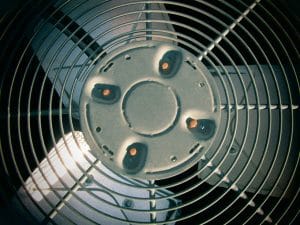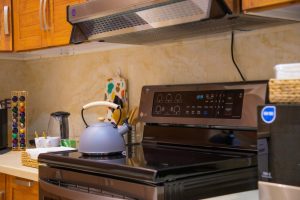Robot Vacuums Navigating Complex Floor Plans
Robot vacuums have revolutionized the way we clean our homes. These intelligent machines are designed to navigate and clean our floors with minimal human intervention. While they may seem like a simple tool, the technology behind their navigation is quite complex. In this article, we will delve into how robot vacuums navigate complex floor plans and how they have become an indispensable part of modern cleaning routines.
The Basics of Robot Vacuum Navigation
The primary function of a robot vacuum is to clean floors by moving around and collecting dust and debris. To achieve this, these devices are equipped with various sensors and algorithms that help them navigate the floor. Some of the most common sensors found in robot vacuums include:
1. Infrared Sensors
Infrared sensors are typically located at the bottom of the robot vacuum and are used to detect obstacles and drop-offs. These sensors emit a beam of infrared light and measure the amount of light reflected back. This helps the vacuum map out its path and avoid potential collisions with furniture and other objects.
2. Cliff Sensors
Cliff sensors are used to detect stairs and other drop-offs. These sensors use infrared light to create a virtual barrier that the vacuum cannot cross. This prevents the vacuum from tumbling down stairs or other heights, which could cause significant damage to the machine.
3. Camera Sensors
Some robot vacuums come with a built-in camera that helps them create a map of your home. These cameras take pictures of the room and use advanced algorithms to identify furniture and other objects. This information is then used to create an optimal cleaning path.
The Role of Mapping Algorithms
Apart from sensors, mapping algorithms play a crucial role in how robot vacuums navigate complex floor plans. These algorithms use the data collected by sensors to create a detailed map of your home. This map is divided into smaller sections, and the vacuum then uses this information to map out the most efficient cleaning path.
One of the most commonly used mapping algorithms is the SLAM (Simultaneous Localization and Mapping) algorithm. This algorithm works by combining sensor data with motion data to create a simultaneous map of the surroundings and figure out the robot’s position within it. This allows the vacuum to navigate between objects and plan its movements accordingly.
Challenges Faced by Robot Vacuums When Navigating Complex Floor Plans
While robot vacuums have come a long way in terms of navigation technology, they still face a few challenges when it comes to cleaning complex floor plans. Some of the most common challenges include:
1. Unpredictable Obstacles
Robot vacuums use sensors to detect and avoid obstacles, but some objects may not always register on their sensors. For instance, small toys or wires may go unnoticed, causing the vacuum to get stuck or tangled. This is why it’s important to do a quick tidy-up before running your robot vacuum to avoid such issues.
2. Dark Furniture and Floors
The infrared sensors used by robot vacuums may not work well on surfaces and furniture that absorb or reflect light. This can make it difficult for the vacuum to detect these objects and navigate around them properly.
3. Too Many Rooms
Some robot vacuums may have difficulty transitioning between different rooms or spaces. This is because they rely on sensors to detect changes in flooring types, which may not always be accurate. As a result, the vacuum may repeatedly attempt to clean the same area, wasting time and battery life.
The Future of Robot Vacuum Navigation
With advancements in technology, it’s safe to say that robot vacuum navigation will continue to evolve. Companies are now experimenting with laser mapping, deep learning, and artificial intelligence to improve navigation capabilities. This will lead to more efficient and accurate cleaning, even in complex floor plans.
As we continue to rely on technology to simplify our lives, robot vacuums will surely become an integral part of our household cleaning routines. With more advanced mapping and navigation capabilities, these machines will soon be able to clean every nook and cranny of our homes with ease, giving us more time to relax and enjoy our clean living spaces.
Conclusion
Robot vacuums have come a long way from being a novelty item to becoming a household essential. With their impressive navigation capabilities, they are able to navigate through even the most complex floor plans. As technology continues to improve, we can expect robot vacuums to become even smarter and more efficient in the coming years. So, let go of your traditional vacuum and embrace the convenience of a robot vacuum for a cleaner and more comfortable living space.










